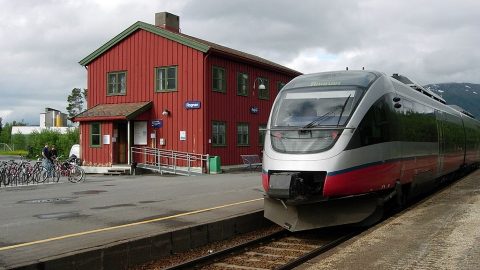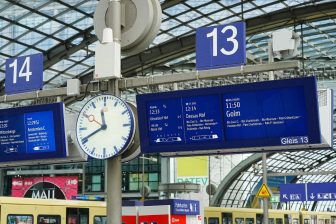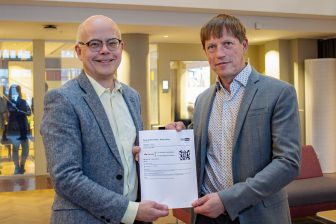
First ERTMS-equipped railway will be open in Norway in 2022
Norway is moving forward in implementing the national ERTMS programme. In Spring 2020, the technology will be deployed on the Roa – Hønefoss line to provide tests. To this end, the training and signalling simulation centre has been opened. Norway’s first railway equipped with ERTMS will be launched in October 2022.
The intelligent infrastructure for the Norwegian ERTMS programme is being supplied by Siemens Mobility. It has also equipped Campus Nyland, the new training and signalling simulation centre. This facility was specially established to test the digital signalling technology on the Roa – Hønefoss line. Besides Bane NOR, Norway’s rail infrastructure manager, the centre will be available for suppliers that participate in the ERTMS programme including Alstom, Siemens, and Thales.
The next stage of the programme is the ERTMS installation on the Grong – Bodø section of the Nordland Line in the northern part of the country. This section should be upgraded in three years. By 2034, Siemens Mobility is obliged to roll out its technology on the entire Norwegian rail network that includes 4,200 kilometres of track and more than 350 stations. The respective contract was concluded last year between the German supplier and Bane NOR.
Door to ATO
“Norway is on track to become the first country to operate in the “one country, one interlocking” architecture making it at the forefront of digitalization. Our intelligent infrastructure will ensure that the system operates efficiently. The digital interlocking, with IP controlled field components, and ERTMS are the backbone to greatly improving operations and maintenance”, said Michael Peter, CEO of Siemens Mobility.
He also noted that the new technology could be a door to implementing the Automatic Train Operation (ATO). “This architecture also opens the door for future developments such as implementing driverless technologies, moving the interlocking to the cloud, which would make proprietary hardware and spare parts a relic of the past, and would make data instantaneously available to transportation operators,” specified the expert.
Campus Nyland
“Campus Nyland is an important milestone in turning this (digital) vision into reality,” added Michael Peter. The new centre will house more than 5,000 employees, who will learn the necessary digital skills needed to ensure ERTMS is successful when it goes operational. These will include individuals from Bane NOR, train companies, maintenance companies and contractors. Bane NOR will facilitate simulator training as well as physical training facilities. New technology, such as virtual reality, will be used to communicate how the tracks are built with ERTMS, as well as the design of trains and traffic control centres. More than 150 different scenarios are available for training within the highly digital training hub.
Also read:



